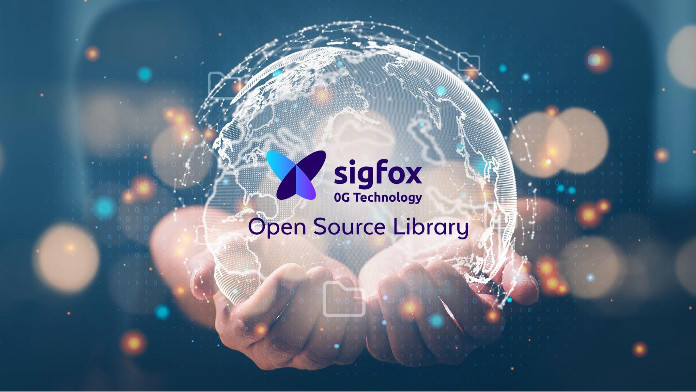Big news at the low-power wide-area (LPWA) end of the IoT world, particularly for those in the trenches with Sigfox, and final proof if it was needed that Sigfox-owner Unabiz, a year into its rescue mission, is an agitator and a reformist in the IoT market. In line with community feedback when bidding for Sigfox, and as hinted following its acquisition of the French tech business last April, Unabiz has announced it has opened the Sigfox library code for developers.
It means the proprietary Sigfox device code – traditionally kept under lock and key by its owner, only available to approved developers – is publicly available for the first time, released into the wild for chipset vendors, module makers, and app developers to write into new IoT solutions. The move will drive innovation, said Unabiz, and also expedite LPWAN crossover with the likes of LoRaWAN, MIOTY, and Wi-SUN, plus cellular-based NB-IoT and LTE-M.
Unabiz is already developing its own NB-IoT and LTE-M based IoT solutions. As parent of the 0G-branded Sigfox technology, and paymaster to Sigfox operators around the world, it has fought hard to strike up collaborative partnerships with the LoRaWAN, MIOTY, and Wi-SUN communities, and has recently announced a flurry of roaming deals with LoRaWAN luminaries like The Things Industries, Senet, and LORIOT; the latter also dabbles in MIOTY.
The move to release the Sigfox code – now available on its Github page, and up for discussion on Slack – will let developers “fully-customise” Sigfox solutions, and drive innovation in terms of energy efficiency, multi-connectivity, and feature capabilities, said Unabiz. It might be noted, there is no word about certification of single- or multi-mode (RAT) Sigfox solutions, yet – painstaking projects for both the LoRaWAN and cellular IoT factions, for example.
Henri Bong, co-founder and chief executive at Unabiz, said: “We cannot do this alone. To make significant progress in convergence, we need to open up Sigfox and enable the entire IoT ecosystem to join us… While partnerships with LPWAN actors will strengthen our position as a leading provider of IoT solutions, we need to enable the ecosystem to create hybrid IoT solutions that will ultimately be offered to businesses across a wide range of industries.”
Alexis Susset, chief technology officer at Unabiz, said: “[IoT developers] can now adapt the memory footprint of solutions based on use cases – be it advanced IoT devices that require bi-directional comms, or simple IoT devices that require uplink-only comms. By giving total access to [Sigfox], we are enabling the creation of highly-optimised IoT solutions in terms of cost and energy consumption. The open library also facilitates interoperability and standardisation, allowing seamless integration of devices and systems across applications and protocols.”

